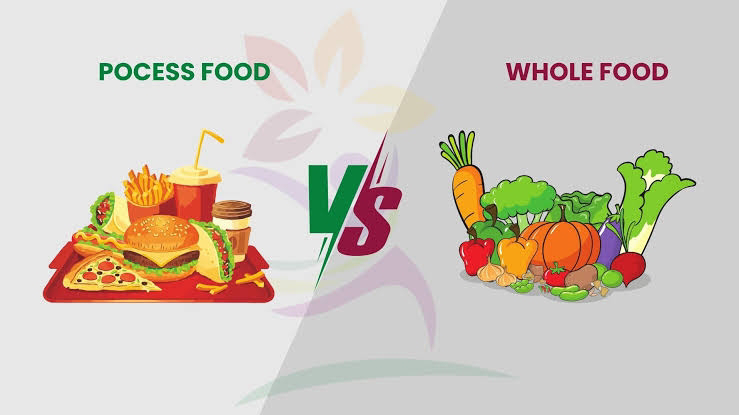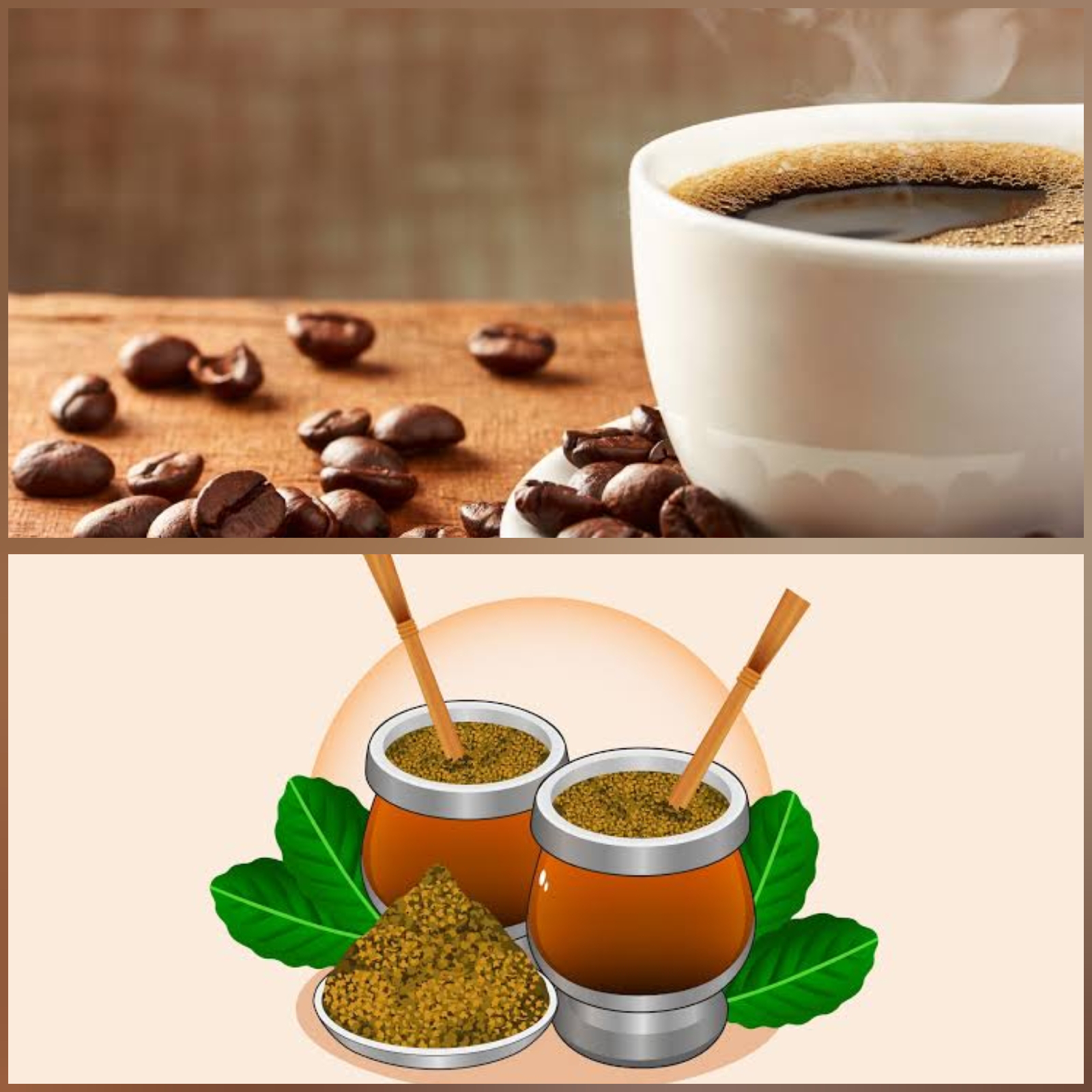Foundations: How We Feel Hunger and Fullness 🧠
Our Brain’s Hunger Center: The Hypothalamus
We rely heavily on a small but powerful brain region called the hypothalamus, which acts like a central appetite control panel. Within it, the ventromedial hypothalamus (VMH) contains two groups of neurons:
- One group tells us to eat more when energy is low, when hungry.
- Another tells us to stop eating when we’re full.
Apart from taste, our insular cortex processes sensations of texture, mouthfeel, and even the pleasure of chewing. This is why crunching on celery feels more satisfying than sipping a smoothie—our brain uses that feedback to decide when to eat and when to stop eating.
Key Hormones: Orchestrating Hunger and Satiety
Ghrelin: The Hunger Hormone - Produced in the stomach, ghrelin rises when we haven’t eaten—giving that tell-tale “I need food” feeling. It’s tied to regular eating times, if we always eat lunch at noon, ghrelin shows up like clockwork.
MSH & AgRP Neurons: Within the hypothalamus is the arcuate nucleus, home to:
- MSH (melanocyte stimulating hormone), which tells us “stop eating”, when we arte full. Interestingly, sunlight triggers MSH, which explains why we naturally eat less in sunny seasons.
- AgRP neurons, which urge us to eat when our energy is low, and when we are felling hungry.
Cholecystokinin (CCK): Our Gut’s Fullness Signal - CCK is released by the gut in response to fats and amino acids. When we eat foods rich in proteins or healthy fats, CCK kicks in and tells our brain "we’re full."
The Food We Eat: Whole vs. Processed
Whole foods (vegetables, grains, legumes) provide bulk, chew feedback, and slower digestion—all triggering fuller, more satisfying signals. Fiber slows blood sugar rises, expands in the stomach, promotes hormones like CCK, PYY, and GLP‑1, helping control appetite. On the other hand, Many processed foods contain emulsifiers—added chemicals that break down nutrient detection in our gut. These disrupt our fullness signals, making us eat more because our brain doesn’t register when we’ve eaten enough. Plus, processed foods often hijack our brain’s dopamine reward circuits, making them more addictive.
Managing Blood Sugar: Timing & Tools
Insulin and Glucagon: The Sugar Regulators - Insulin moves sugar from our blood into cells after eating, while glucagon pulls stored sugar out between meals. Keeping blood sugar in the normal range (about 70–100 mg/dL) is vital—too high or too low disrupts hunger signals. So, we should start meals with fiber-rich veggies and proteins, then add carbs, as this slows down blood sugar spikes. Eating carbs first, especially alone, triggers bigger blood sugar swings. Exercise also helps in stabilizing blood sugar by doing:
- Zone 2 cardio (steady jogging, brisk walking) keeps baseline glucose stable.
- Strength training/HIIT enhances insulin sensitivity
Natural Helpers: Caffeine, Yerba Mate & GLP‑1
- Caffeine can boost alertness and slightly suppress appetite, though results vary.
- Yerba Mate, a South American tea that contains caffeine, electrolytes, and compounds which increases GLP‑1, a potent fullness hormone. Many find it helps them feel fuller longer, especially during fasting.
- Short for glucagon-like peptide‑1, GLP‑1 reduces hunger and stabilizes blood sugar. It’s both naturally boosted by foods or teas like yerba mate, and also forms the base of popular medications used to help with appetite control.
Putting It All Together: Easy Tools for Everyday Life
- Eating at consistent times conditions our ghrelin cycle, reducing random hunger pangs
- Paying attention to how food feels—texture, chewing, mouthfeel—so we get the signal to stop when we’re satisfied
- Beginning with fibrous vegetables and proteins, then add fats and finish with starches—this helps prevent sugar spikes (veggies → protein/fat → carbs)
- Combining zone 2 cardio with some resistance work to keep blood sugar and hunger hormones balanced
- Opting for minimally processed options. They normally contain better signals for fullness and digestion.
- Trying yerba mate, green tea, fiber, lean proteins, and healthy fats. These support satiety through hormones and stable digestion.
- Using tools wisely: medication (like metformin) or dietary approaches (like keto) when needed—under professional guidance.
By combining these habits—understanding our biology and applying practical strategies—we empower ourselves to eat more mindfully, manage blood sugar naturally, and feel satisfied without overdoing it. That’s the essence of controlling hunger, eating thoughtfully, and feeling full the smart way.
Link to the source: Video link








Comments
Post a Comment